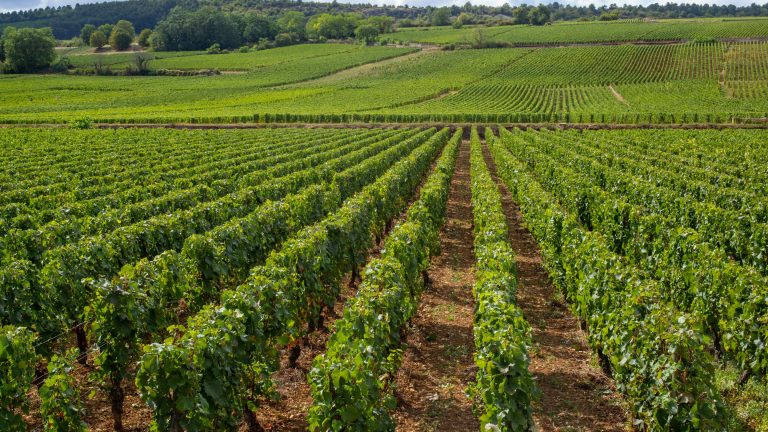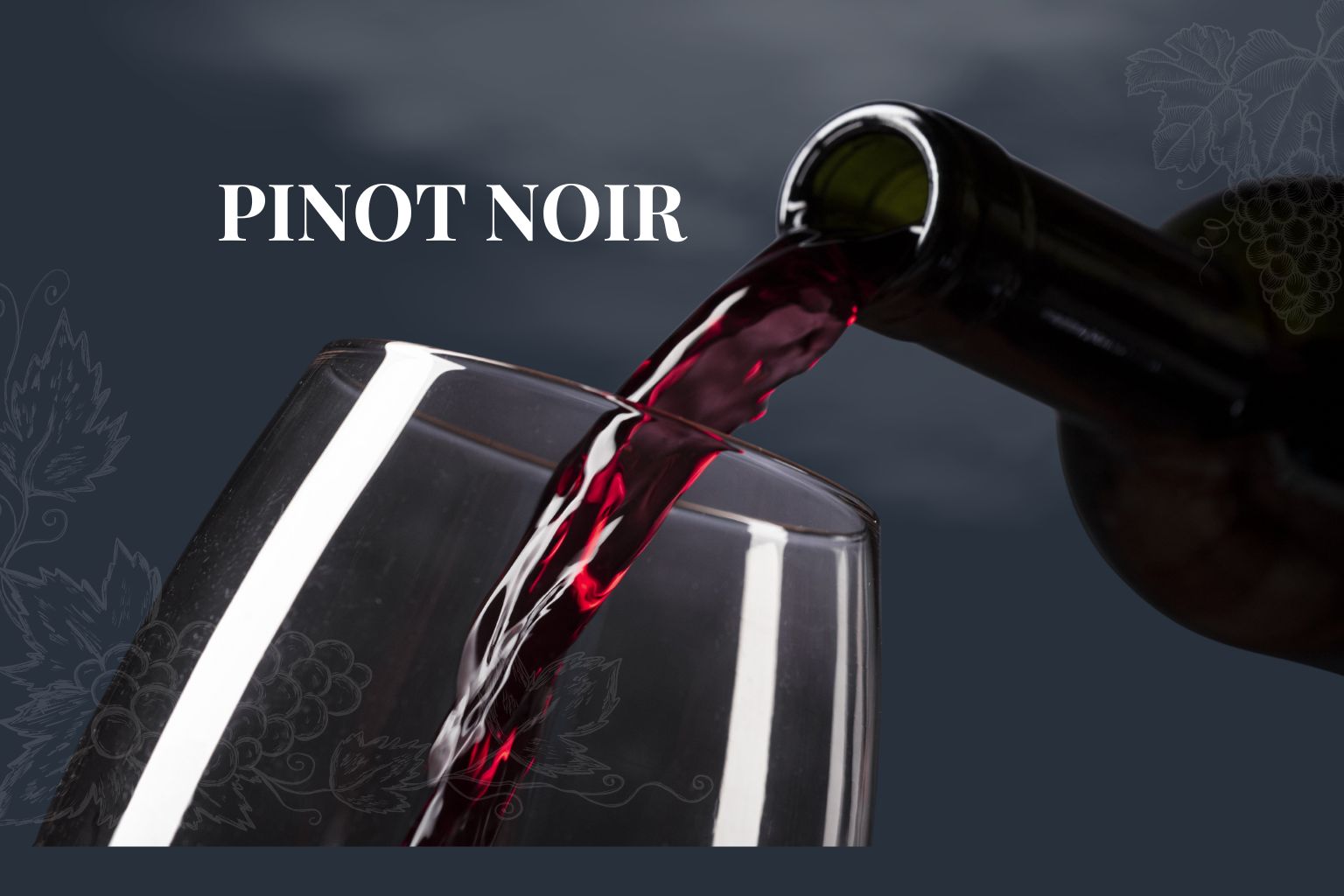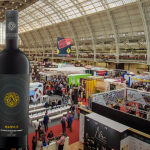Few grape varieties divide opinion quite like Pinot Noir – and even fewer speak so vividly about their origins.
For those who know how to listen, a Pinot Noir tells the story of the land where it grew, the winery that shaped it, and the people behind it – revealing their vision of the world and their connection with wine lovers. Whether it emerges as a delicate rosé, an elegant Burgundy-style red, or that elusive “iron fist in a velvet glove,” Pinot Noir is always ready to share its story in remarkable detail.
Why Pinot Noir Matters
To winemakers, Pinot Noir is both a source of reverence and a cause for sleepless nights. Born in Burgundy more than two thousand years ago – likely brought to Gaul by the Romans – it remains one of the ultimate tests of skill in the vineyard and cellar.
Its name may refer to the cone-shaped clusters or its kinship with the broader Pinot family. Alongside Pinot Meunier and Chardonnay, it is a cornerstone of Champagne, and a global symbol of finesse, elegance, and deep tradition.
A Fragile Beauty with a Demanding Nature
Cultivating Pinot Noir is not for the faint-hearted. Sensitive to fluctuations in temperature, altitude, and harvest timing, it rewards only the most precise and attentive growers. In cooler climates, it offers ethereal red-fruit aromas layered with earth, damp leaves, and a whisper of mushroom.
In warmer spots, it takes on a richer, rounder character, with ripe fruit and a silky texture. In Romania, success hinges on finding the perfect terroir and harvesting at exactly the right moment.
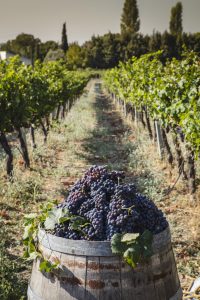
Mapping Romania’s Pinot Noir
While it doesn’t dominate the Romanian vineyard landscape, Pinot Noir has found pockets where it truly thrives. According to ONVPV (February 10, 2025), it covers 2,040.61 ha (according to ONVPV on 10.02.2025) nationwide, concentrated in counties like Constanța and Arad, followed by Prahova, Vrancea, and Alba – though notable wines emerge from other regions as well.
In Crișana-Maramureș,producers like Nachbil and Rătești craft wines that channel the grace of Burgundy. In Dealu Mare, Aurelia Vișinescu (Cramele Sahăteni) and SERVE showcase the variety’s local potential. Transylvania, Jidvei and Crama Jelna offer bright, finely balanced expressions, while Dobrogea’s Sarica Niculițel gives Caii de la Letea Princeps Rezerva a distinct black-cherry note.
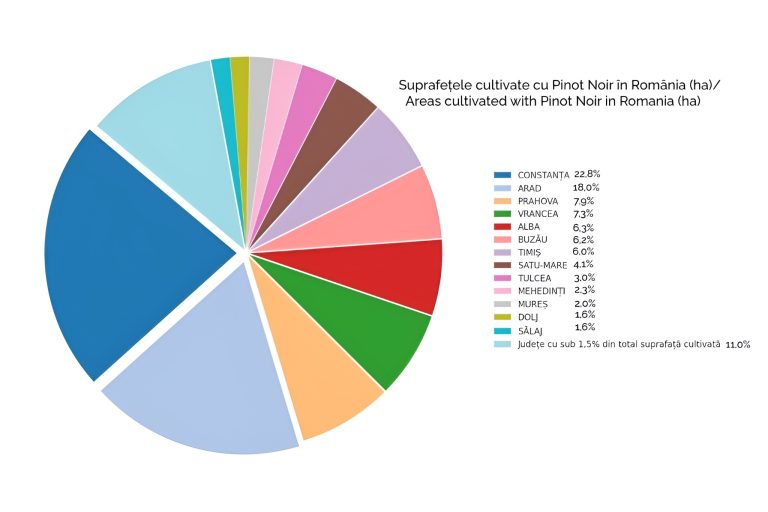
A Niche Player in the National Vineyard
Pinot Noir may not compete in volume with Romania’s top grapes – such as Fetească Regală, Fetească Albă, or Merlot – but it holds a respectable 13th place among the 20 most planted varieties. It surpasses several other international grapes (Rhine Riesling, Syrah, Cabernet Franc) and even some celebrated local ones (Negru de Drăgășani, Galbenă de Odobești). Its plantings are concentrated among producers seeking distinctive, terroir-driven wines rather than mass-market volume.
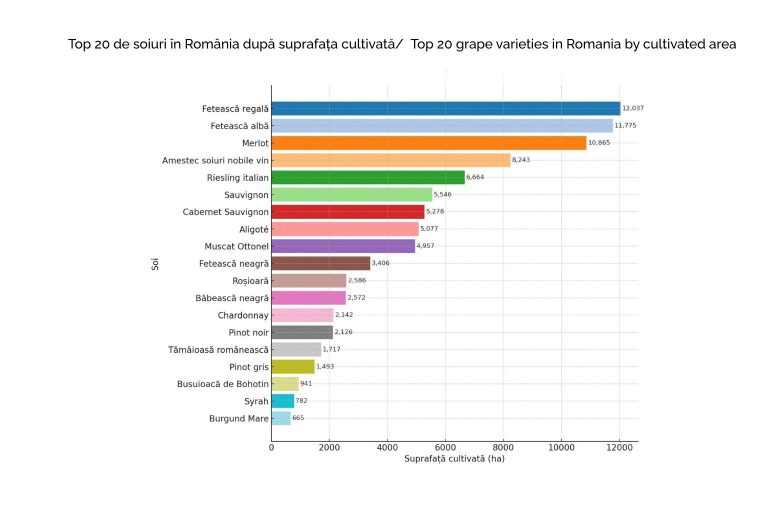
Romanian Highlights and Milestones
Romania’s contribution to Pinot Noir’s story includes some shining moments. In 1999, Aurelia Vișinescu won the country’s first major international gold medal – with a Pinot Noir from Cramele Halewood. Today, producers such as Sahăteni, Nachbil, SERVE, Jidvei, Crama Jelna, Caii de la Letea, Domeniile Franco-Române, and Dagon Winery (with its creative Fetească Neagră blends) keep standards high.
In sparkling wines, Mysterium Brut Rosé 2017 earned a Grand Gold at the Concours Mondial de Bruxelles. Meanwhile, Jidvei’s unique Pinot Noir range – featuring white, rosé, and red expressions – consistently wins medals, including a recent gold at the Berliner Wein Trophy for its red version, the producer’s first DOC red wine.
Flavors and Styles Across Romania
In cooler regions like Crișana-Maramureș and Transylvania, Pinot Noir often delivers elegant wines where vegetal, mineral, and fruit notes intertwine, evolving beautifully over time.
Even in warmer regions such as Dealu Mare, choosing shadier, north-facing slopes can yield similarly refined results.
In sun-drenched terroirs, Pinot Noir tends toward fuller-bodied wines with generous red-fruit flavors – cherries, sour cherries, raspberries, wild strawberries, or jam-like richness.
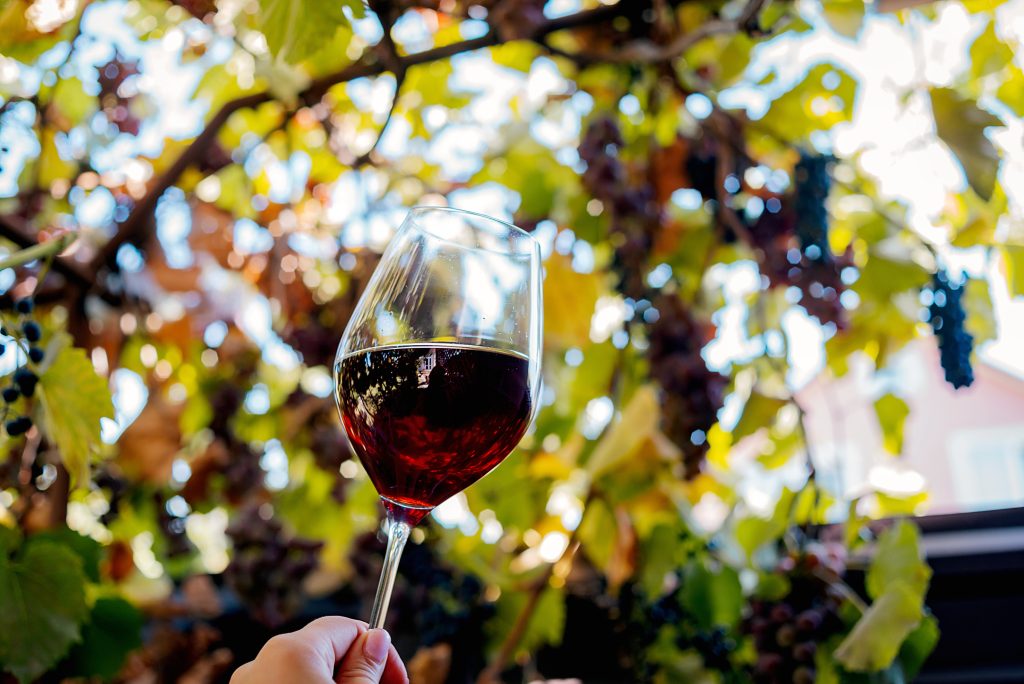
The Challenge and the Opportunity
Pinot Noir demands patience. Low yields, exacting care, and weather sensitivity make it a high-risk investment. Climate change cuts both ways – opening new areas for cultivation while risking overly rapid ripening in warmer spots, which can compromise aromatic complexity. In tricky years, the difference between a great and an average wine may come down to just a few days’ decision-making.
Economically, Pinot Noir is no “volume” grape. Its high production costs and slow returns deter many growers – but rarity can be a selling point in markets hungry for authentic, terroir-driven wines.
Romania’s competitive advantage lies in its diversity of terroirs and its ability to offer premium quality at prices well below Burgundy or New Zealand. For bold producers, it could become a true international calling card.
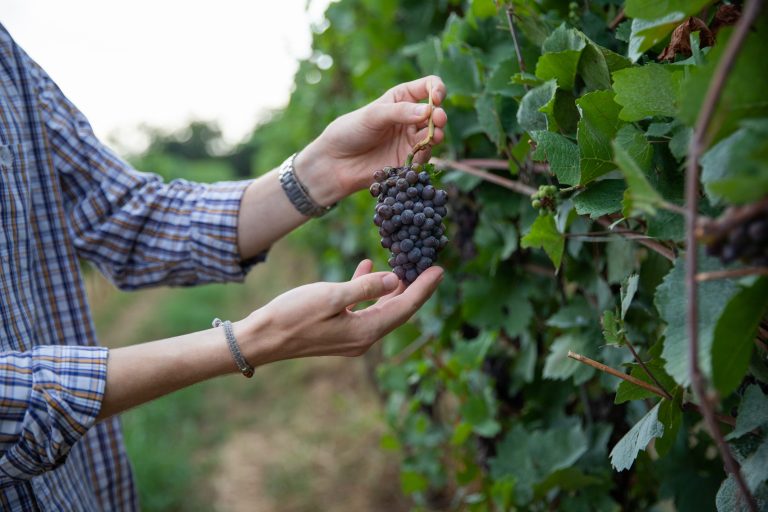
Conclusion: A Grape That Tests - and Rewards - the Brave
Pinot Noir is not a grape for everyone. It challenges skill, patience, and consistency – and forgives nothing. Yet when nurtured with care, it delivers wines of rare elegance, each glass telling a vivid story.
Romania has the terroir, the talent, and the growing expertise to craft Pinot Noirs that stand on the world stage. For wine lovers, discovering a well-made Romanian Pinot Noir is more than a tasting – it’s a journey into the soul of the country’s vineyards.
